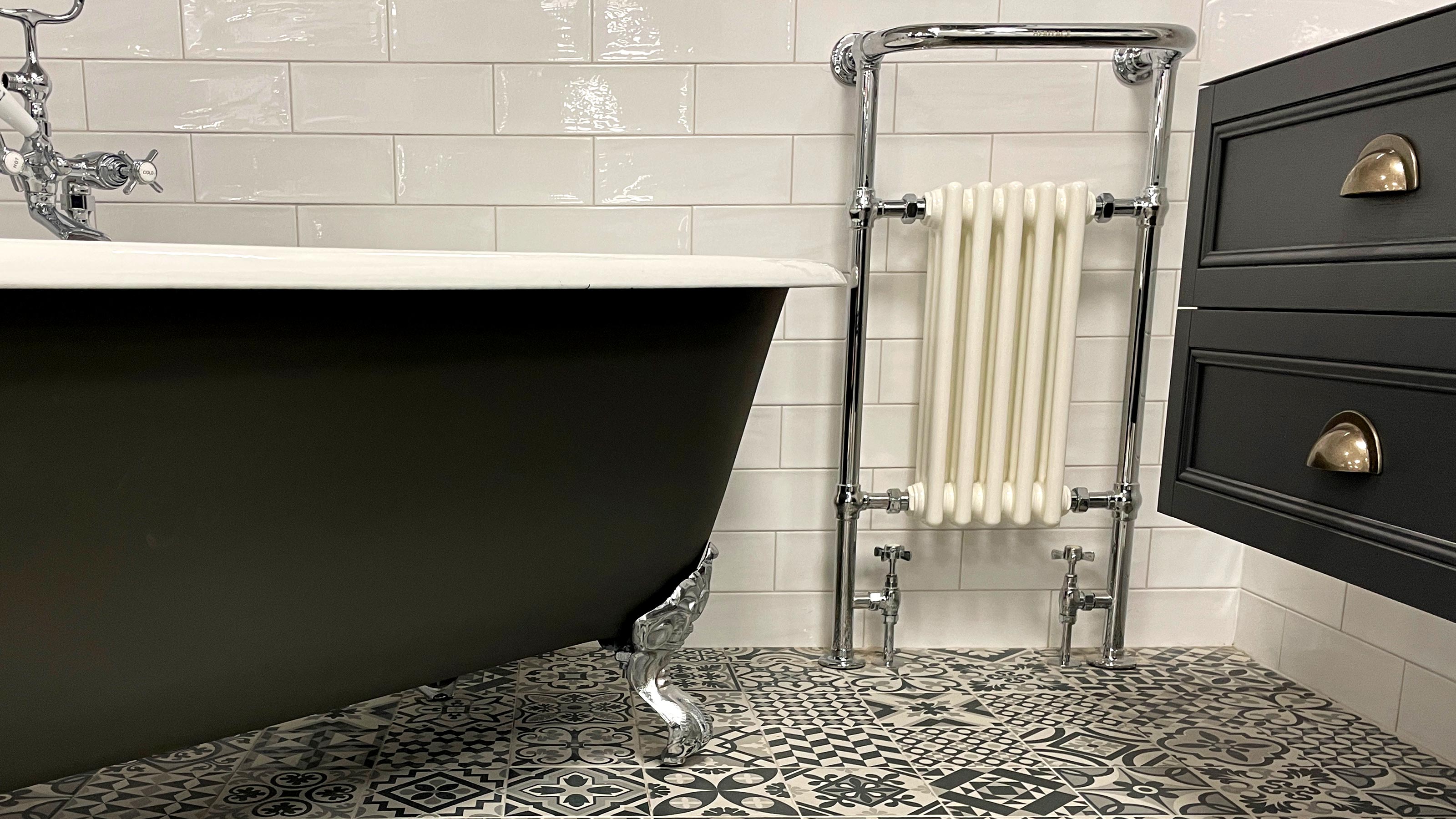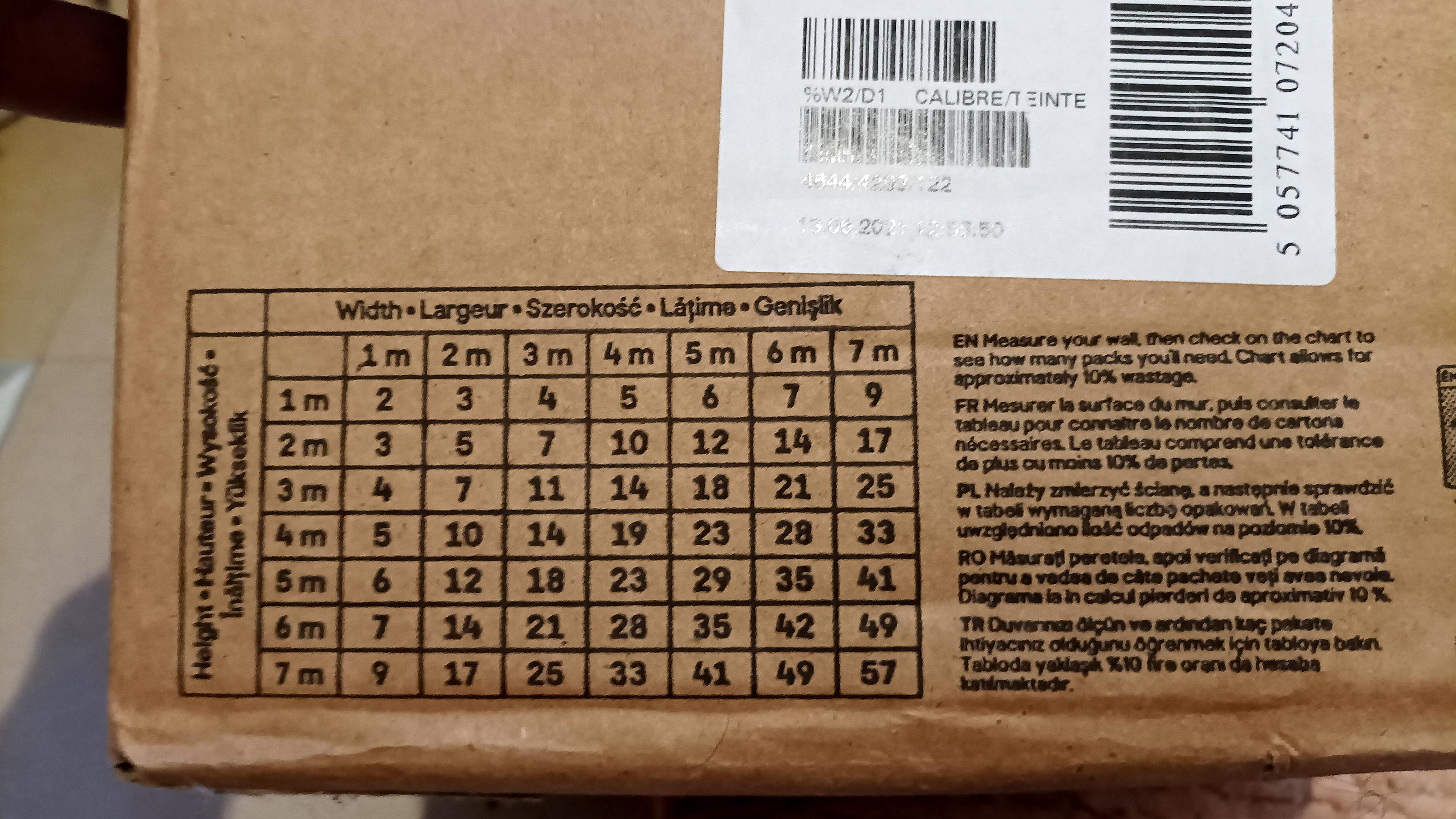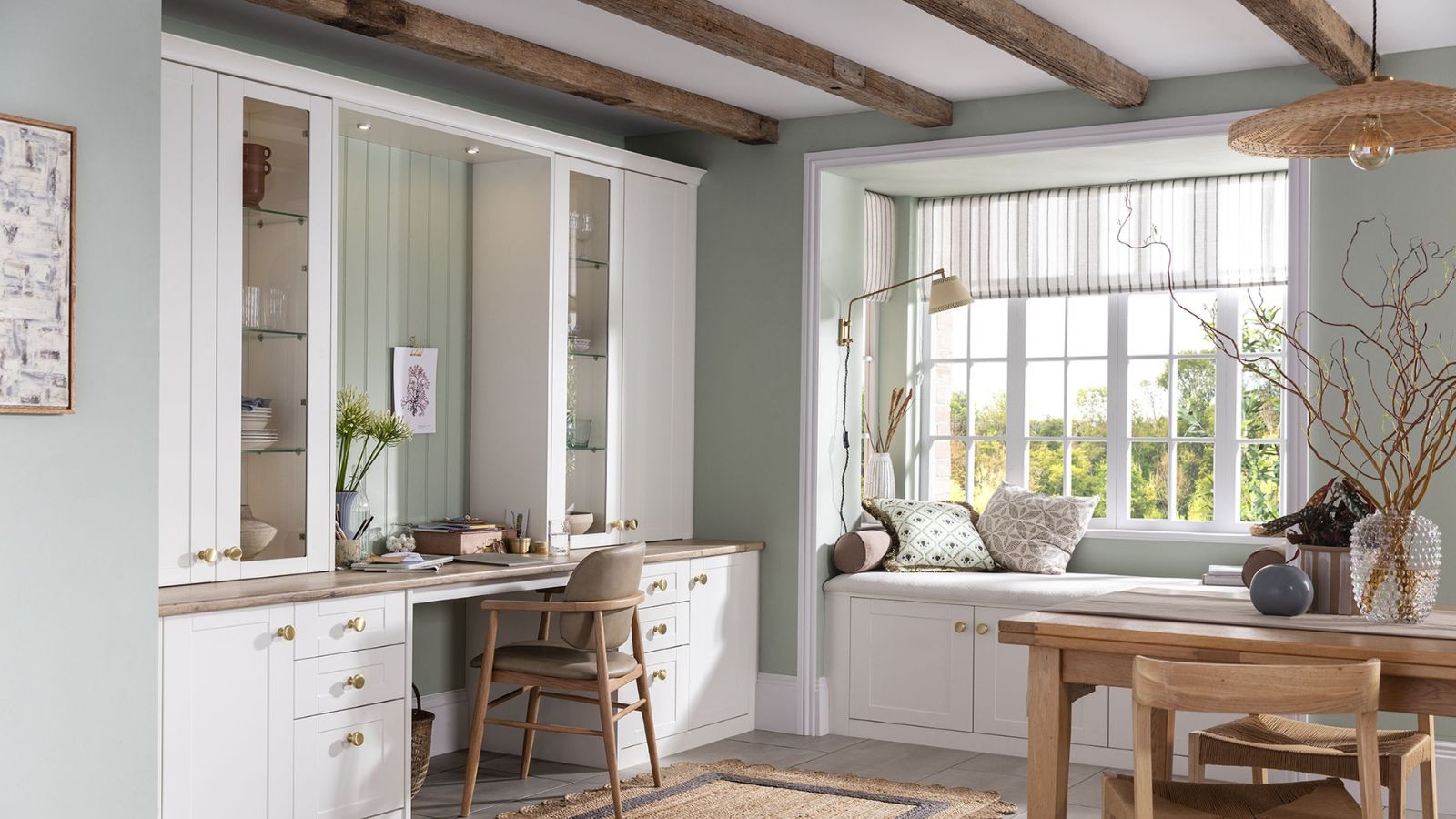How many tiles do I need? How to calculate coverage
How many tiles do I need is the first question asked when taking on a new tiling project. Here we reveal some simple tips to make sure you buy what you need

When planning a tiling project, the key question should always be: how many tiles do I need? This helps you calculate not only your budget but also makes sure you buy enough tiles for the job.
If you are tiling a kitchen wall, using the same batch means you will get consistency across the colour and style but there is always the scenario that the tiles could be discontinued or changed slightly. This is a frequent problem when hoping to use the same style tiles across different rooms but are decorating them on different timescales.
Here we give some simple tips to calculate how many tiles you will need for walls and floors to make sure you can get the job done in one go.
How many tiles do I need? Two methods for measuring
The shape of the area to be tiled means you need different methods to get the right answer. Here we give quick tips on how to measure square or rectangular rooms and irregular shaped areas.
1. Squares and rectangles
This is the simplest and most common option for working out areas of a room. All you need to do is measure the length and width of the area and multiply together. This applies to walls and floors. So if you had a bathroom wall to tile that is 2m long and 2.4m high you would have an area of 4.80m2 to cover. Add in 10% wastage and you will need tiles to cover 5.28m2
2. Irregular shaped rooms
Most rooms are not a simple rectangle or square. There are often obstacles in the way like a kitchen island, chimney breast or cupboards. If this is the case you need to divide the floor or wall into multiple rectangle or square sections and measure the length and width of each section.
For example, if you have an L shaped room you can divide the floor area into two rectangles. Area 1 is 2m x 2m = 4m2 while Area 2 is 1m x 1.5m = 1.5m2. Now add the two – 4m2 + 1.5m2 = 5.5m2 to get the total area, plus your wastage. If you have more awkward areas, simply repeat the process for each area and add together.
One handy hint is to write down the measurements so you don’t forget and measure a second time to check.
TIP: If you are going to lay your tiles diagonally (at 45 degrees) or you are tiling around a window with a recess, there will be more wastage, so add 15% instead of 10% as you would normally. If in any doubt get an extra box of tiles. This will make sure you don’t run out and you have a replacement if any need replacing in the future.
How many tiles are in a box?
This will vary depending on the size of the tile. But typically you get anywhere between 6 and 48 tiles in a box. But it's not how many tiles are in a box that is important but the coverage. So when looking at a box of tiles see how much square metres it covers.
Some tile boxes will come with their own charts (like the one below) to help you decide on how many boxes you will need. In the example below the box has a coverage of just under one square metre, making it relatively easy to calculate how many packs you need.

How many boxes will I need?
If your tiles don't have a helpful chart on the box like the example above, simply divide the total square metres by the total square metre coverage of the box. For example, this box of Trentie White Gloss Metro Ceramic Wall Tiles from B&Q covers 0.96m2.
Bring your dream home to life with expert advice, how to guides and design inspiration. Sign up for our newsletter and get two free tickets to a Homebuilding & Renovating Show near you.
So if you have 12m2 to cover do the following maths; 12m2 / 0.96m2 = 12.5. Add 10% – 1.25 – and you get a total of 13.75, which means you need 14 boxes.
Where can I find a good online tile calculator?
If you are not sure of your maths, or want some reassurance on your working out for tile coverage you can call upon the help of an online tile calculator. There are some decent and easy to use options for working out floor and wall coverage. Take a look at the following:
Tile Warehouse Tile Calculator - This is a simple, straightforward calculator that offers tips on how to measure and lets you add measurements as metres, centimetres, millimetres, feet and inches and allows you to toggle on or off 10% for wastage.
Topps Tiles Tile Calculator - This tile calculator allows you to add measurements and a little more. You can add up to four wall or floor measurements in metres, centimetres, millimetres, feet and inches and introduce obstacles for an accurate result. Plus, it has the added bonus of letting you search for a tile and telling you how many boxes you will need and how much the tiles will cost.
Can you tile over tile?
Can you tile over tiles is a common question asked by DIYers and the answer is yes you can. But, there are a few caveats that you need to think about before you start tiling.
What is the state of the old tiles? If areas are cracked, lifting or missing grout you need to sort this before tiling on top of the old tiles.
Will the wall be able to cope with the extra weight? You will effectively be doubling the weight of tile attached to the wall. Typically, standard lightweight tiles should be OK, but large heavy wall tiles should be avoided.
Will the double depth work in all areas? Adding a second layer of tiles means you are doubling the depth. How will the extra layer fit and look up against doors and windows? Will the extra height on floors affect how appliances fit.
If none of the issues above apply then you are ready to start tiling on tile.
Steve Jenkins is a freelance content creator with over two decades of experience working in digital and print and was previously the DIY content editor for Homebuilding & Renovating.
He is a keen DIYer with over 20 years of experience in transforming and renovating the many homes he has lived in. He specialises in painting and decorating, but has a wide range of skills gleaned from working in the building trade for around 10 years and spending time at night school learning how to plaster and plumb.
He has fitted kitchens, tiled bathrooms and kitchens, laid many floors, built partition walls, plastered walls, plumbed in bathrooms, worked on loft conversions and much more. And when he's not sure how to tackle a DIY project he has a wide network of friends – including plumbers, gas engineers, tilers, carpenters, painters and decorators, electricians and builders – in the trade to call upon.

